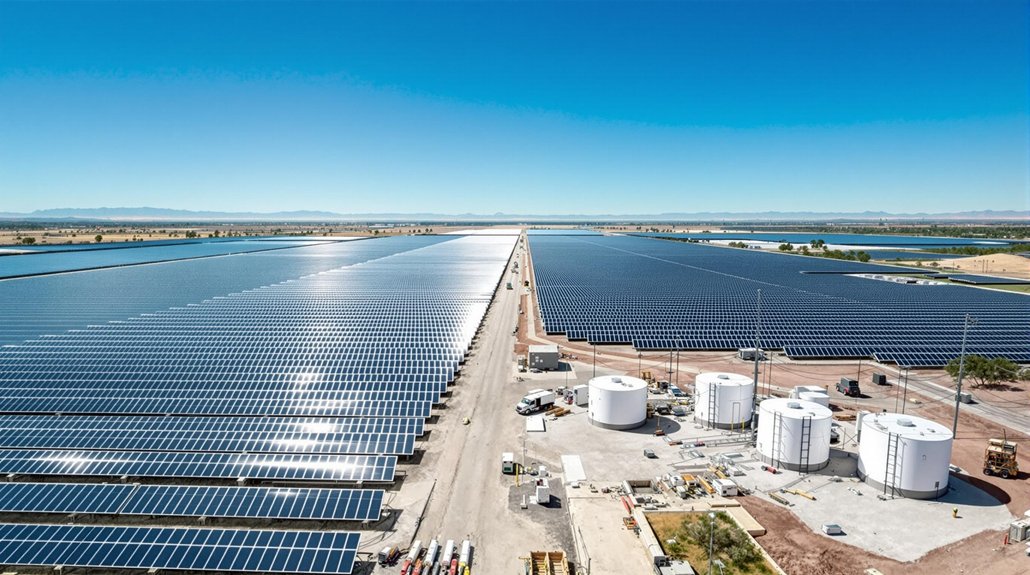Winter Storm Enzo paralyzed the U.S. natural gas production, causing a substantial 6.7 Bcf/d output drop over a 13 day period. Production fell to a four-week low of 100.1 Bcf/d while natural gas futures jumped 7% to a 25-month high. The EIA reported a massive 321 Bcf withdrawal during late January, the largest of the historical heating season. Storage level fell below their normal seasonal levels. The market continues to face challenges as wells struggle to recover.
A brutal winter storm paralyzed America’s natural gas production, creating ripple effects throughout the energy market. Winter Storm Enzo caused considerable freeze-offs across U.S. gas fields, dropping daily output by about 6.7 billion cubic feet per day (Bcf/d) over a 13-day period in February 2025. Production fell to a four-week low of 100.1 Bcf/d, a stark contrast to the record 106.7 Bcf/d achieved earlier in the month.
The timing couldn’t be worse for energy markets. January had already seen production dip to 102.7 Bcf/d due to cold-induced well and pipeline freeze-offs. This latest disruption has pushed natural gas futures up by approximately 7% to a 25-month high as traders react to supply concerns. Front-month gas futures have maintained an impressive seven-day rally, not seen since July 2021.
Storage levels, which started 2025 above the five-year average, have now fallen below normal seasonal levels. The Energy Information Administration projects that inventories will drop below 1.7 trillion cubic feet by the end of March, roughly 10% below the five-year average. This decline has made the market more sensitive to additional cold snaps or supply interruptions. Recent EIA data showed a massive 321 Bcf withdrawal for the week ending January 24, the largest of the 2024-2025 winter heating season.
Demand has surged to extraordinary levels, with weekly averages reaching 157.1 Bcf/d between January 15 and 22. Extreme cold temperatures have driven up heating and power requirements across the Lower 48 states, while LNG export commitments add further strain to available supplies.
In response to the tightening market, the EIA has revised its 2025 Henry Hub price forecast upward to $3.80–$4.20 per million British thermal units (MMBtu). The crude-to-gas price ratio has narrowed considerably, averaging 20 in 2025 compared to 33 in 2024.
Recovery efforts face ongoing challenges. Production has only gradually returned to pre-freeze levels, with many wells taking longer than expected to reach full capacity.
Energy analysts warn that frequent cold events may continue to cause production volatility, keeping the market on edge until infrastructure and storage can fully normalize.
References
- https://www.eia.gov/pressroom/releases/press566.php
- https://www.aga.org/research-policy/resource-library/natural-gas-market-indicators-january-30-2025/
- https://pgjonline.com/news/2025/february/us-natural-gas-prices-surge-7-to-25-month-high-as-freeze-cuts-output
- https://www.eia.gov/pressroom/releases/press565.php
- https://www.woodriverenergy.com/blog/february-2025-energy-news








